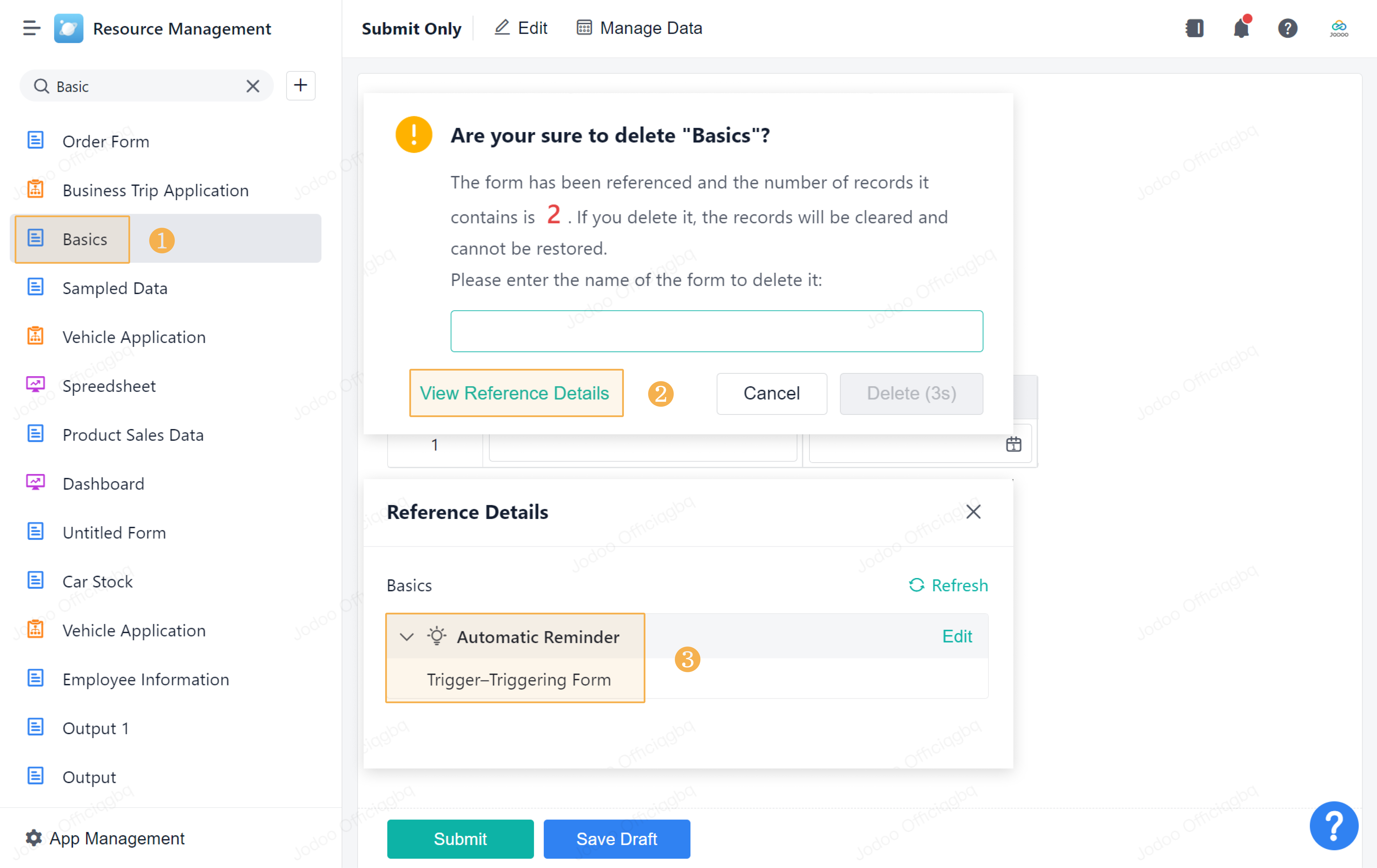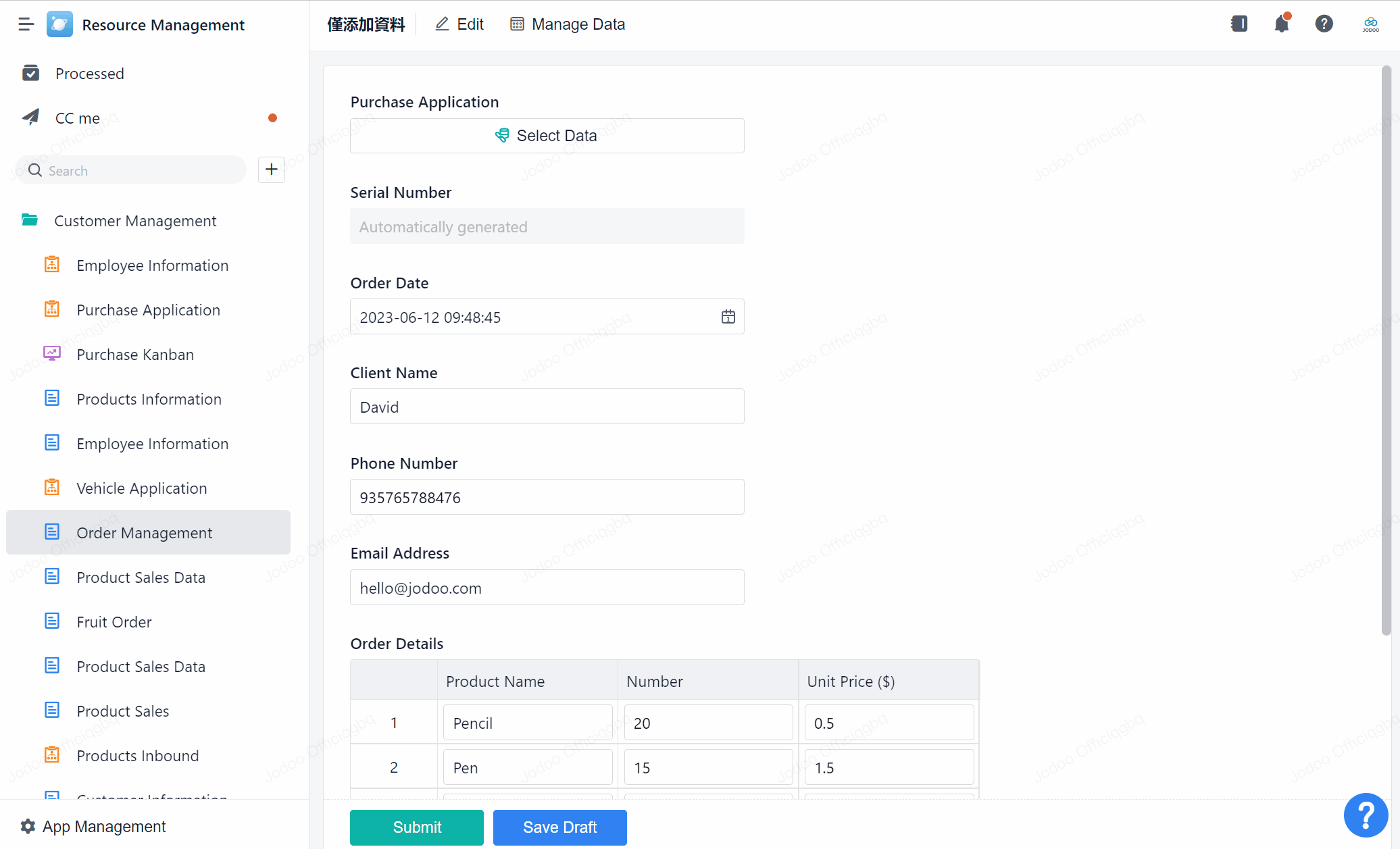June 13, Version 6.9.0
Current Version: 6.9.0
Form Management
Supporting Filtering/Sorting Options After Setting Lookup
When the options of the Single Select or Multi Select fields are associated with data from another form, you can filter the data to limit the available options in Field Properties > Option Filter.
Apart from filtering options, you can also sort them. Go to Field Properties > Sort Options, you can sort options based on the value of the current option or other form fields or system fields:
Optimizing Field Display Rules
1. Support setting the same field as the displayed field in multiple field display rules.
When configuring Field Display Rules, you can set the same field as the display field in multiple rules. The logical relationship of these rules is OR, which means that when one of the conditions is met, the field will be displayed. For details, see Field Display Rules.
2. No longer restrict field order in field display rules.
When setting Field Display Rules, there are no longer any restrictions on the order of the fields. This means that the displayed field can be placed before or after the trigger field.
3. Support setting display rules for option fields in Field Properties.
For the Single Select and Radio fields, you can now set Display Rules directly in Field Properties. The rules added in Field Properties will be automatically updated to Field Display Rules in Form Properties.
Note:
The condition relationship of Display Rules in Field Properties defaults to equals, and the logical relationship of multiple display rules defaults to AND.
Supporting Viewing References by Workflows or Automations When Deleting Fields
When a field is referenced by a workflow (fields that transfer data between parent and child workflow) or Automations (fields set in triggered condition, filter condition, or updated fields), you can click View Details to see the reference list when deleting the field. This helps to avoid affecting other business processes.
Supporting Viewing References by Workflows or Automations When Deleting Forms
When a form is referenced by a workflow (child workflow form) or Automations (triggering form or target form), you can click View Reference Details to see the reference list when deleting the form. This helps to avoid affecting other business processes.
Optimizing Subform Data Filling
1. Optimize subform data filling through RelatedData.
In Ver.6.9.0, when subform field data is filled back through RelatedData in the main form, the existing data in the subform will be cleared before new data is filled in.
In the previous version, if you filled in three rows of data through RelatedData and then filled in again with two rows of data, the third row of data filled in the first time would not be cleared, and you need to delete it manually.
Now, when filling in data for the second time, if the number of data rows changes, the extra data rows will be automatically cleared to avoid entering invalid data:
2. Optimizing subform data filling through Front-End Event.
When subform data is filled back through front-end events, you can choose to either directly fill returned subfield values into the subfield or to clear subform values before filling.
Business Process
Supporting Switching to a Detailed View When Designing Workflows
You can see the approvers and CC members of the nodes in Detailed View.
Note:
This feature is only available in the new-version workflows.
Supporting Adding Nodes Directly to Existing Nodes
Select the node and click , then you can add a new node in any direction (up, down, left, or right) without dragging a connection.
Note:
This feature is only available in the new-version workflows.
Supporting Hotkeys When Designing Workflows
In Ver.6.9.0, you can quickly configure a workflow through the following hotkeys:
Supporting Renaming Nodes on the Workflow Chart
Select the node and click , then you can rename it directly:
Data Analysis
Supporting Embed Page Component in Dashboard
The Embed Page component, also known as an iframe, allows you to embed web pages in the dashboard. Through this component, you can input the URL address, and it will automatically display the web page based on the URL information.
With this component, members can view information and complete tasks from various web pages within one dashboard, without having to navigate to browser pages.
Here are some application scenarios:
- Gathering cross-project dashboards: you can gather dashboards from different projects into one project for display.
- Integrating cross-platform content: you can embed data from other modules or platforms (CRM, ERP, MES, and so on) through web pages to integrate data.
- Embedding knowledge base content: you can embed training-related knowledge base documents and video links into the dashboard to manage training content.
You can select the Embed Page component and drag it into the dashboard. Click to enter the Page Link.
Members can use the Embed Page component to view data, process workflows, and learn knowledge within one dashboard.
Note:
The Embed Page component does not support Export Dashboard.
Open Platform
Supporting Querying API Call Logs
In Ver.6.9.0, API Call Log is available in API Key. You can query API calls over the past seven days based on API Name, API Key Name, and Call Time. For example:
Note:
Only the operation logs of the past seven days are kept in API Call Log.


















